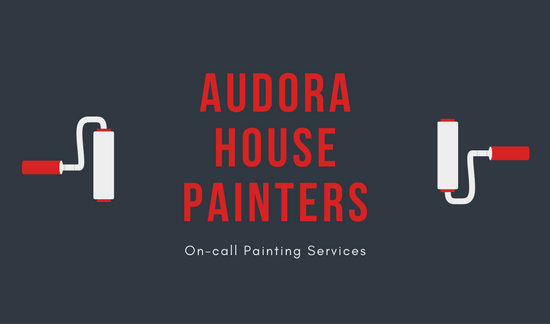The Function Of Weather Condition In Commercial Outside Paint: What You Required To Know
The Function Of Weather Condition In Commercial Outside Paint: What You Required To Know
Blog Article
Web Content By-Zhu Demir
When you're intending a commercial exterior painting project, do not ignore the impact of weather condition on your outcomes. You require to think about aspects like temperature, humidity, and precipitation, as they can make or break your paint task. For instance, did you recognize that perfect conditions ask for certain temperature level ranges and moisture levels? Failing to keep track of these aspects can result in unequal coatings and even damages to fresh paint. Comprehending these components is key to achieving a durable, professional outcome. So, what specific weather conditions should you watch out for?
Temperature Considerations
When it pertains to business outside paint, temperature level plays an important duty in the outcome of your project. If you're painting in extreme warm, the paint can dry as well promptly, causing problems like bad bond and unequal surfaces. You want to aim for temperature levels in between 50 ° F and 85 ° F for the best results. Listed below 50 ° F, paint might not cure correctly, while above 85 ° F, you run the risk of blistering and splitting.
Timing your task with the right temperature levels is important. Beginning your job early in the early morning or later on in the mid-day when it's cooler, particularly throughout warm months.
Likewise, consider the surface area temperature; it can be dramatically more than the air temperature, especially on sunny days. Utilize a surface thermostat to examine this prior to you begin.
If temperatures are uncertain, watch on the weather prediction. Sudden temperature decreases or warm front can hinder your strategies. You don't intend to begin painting only to have the conditions alter mid-project.
Humidity Degrees
Humidity levels dramatically impact the success of your commercial outside painting task. When https://www.idealhome.co.uk/news/kelly-hoppen-advice-painting-skirting-boards-264539 is too high, it can prevent paint drying out and curing, causing a range of concerns like inadequate attachment and finish quality.
If you're planning a work during damp conditions, you may find that the paint takes longer to dry, which can prolong your job timeline and boost expenses.
On the other hand, reduced moisture can also position difficulties. Paint may dry out also promptly, avoiding appropriate application and leading to an irregular coating.
You'll intend to keep track of the humidity degrees closely to guarantee you're functioning within the optimal range, typically between 40% and 70%.
To get the very best results, think about using a hygrometer to measure moisture prior to beginning your project.
If you discover the degrees are outside the optimal array, you might need to readjust your routine or choose paints made for variable problems.
Constantly speak with the producer's guidelines for specific referrals on humidity resistance.
Precipitation Impact
Rainfall or snow can considerably disrupt your industrial exterior painting plans. When precipitation happens, it can remove freshly used paint or develop an uneven finish. Preferably, https://docs.google.com/spreadsheets/d/1weqTzUI9HyXOYhidmyaiDgkJyEWl7-yDiHoNbXO3jIE/edit?gid=580953331#gid=580953331 wish to select days with completely dry climate to guarantee the paint sticks effectively and cures properly. If you're caught in a rain shower, it's ideal to stop the project and await problems to improve.
Moreover, snow can be much more damaging. Not just does it produce a wet surface area, but it can additionally lower temperature levels, making it difficult for paint to dry. This can result in issues like peeling or blistering down the line.
It's essential to check the weather report prior to starting your project. If rain or snow is anticipated, think about rescheduling.
Constantly bear in mind to allow ample drying out time in between coats, especially if the climate remains unpredictable.
Final thought
Finally, keeping an eye on the climate is necessary for an effective business exterior painting project. By checking temperature level, moisture, and precipitation, you can make certain the very best problems for application and curing. Bear in mind to intend your work around positive weather condition and always adhere to maker standards. With the right technique, you'll accomplish a long-lasting, lovely finish that can endure the elements. Don't let the weather condition capture you off guard-- stay informed and paint wise!
